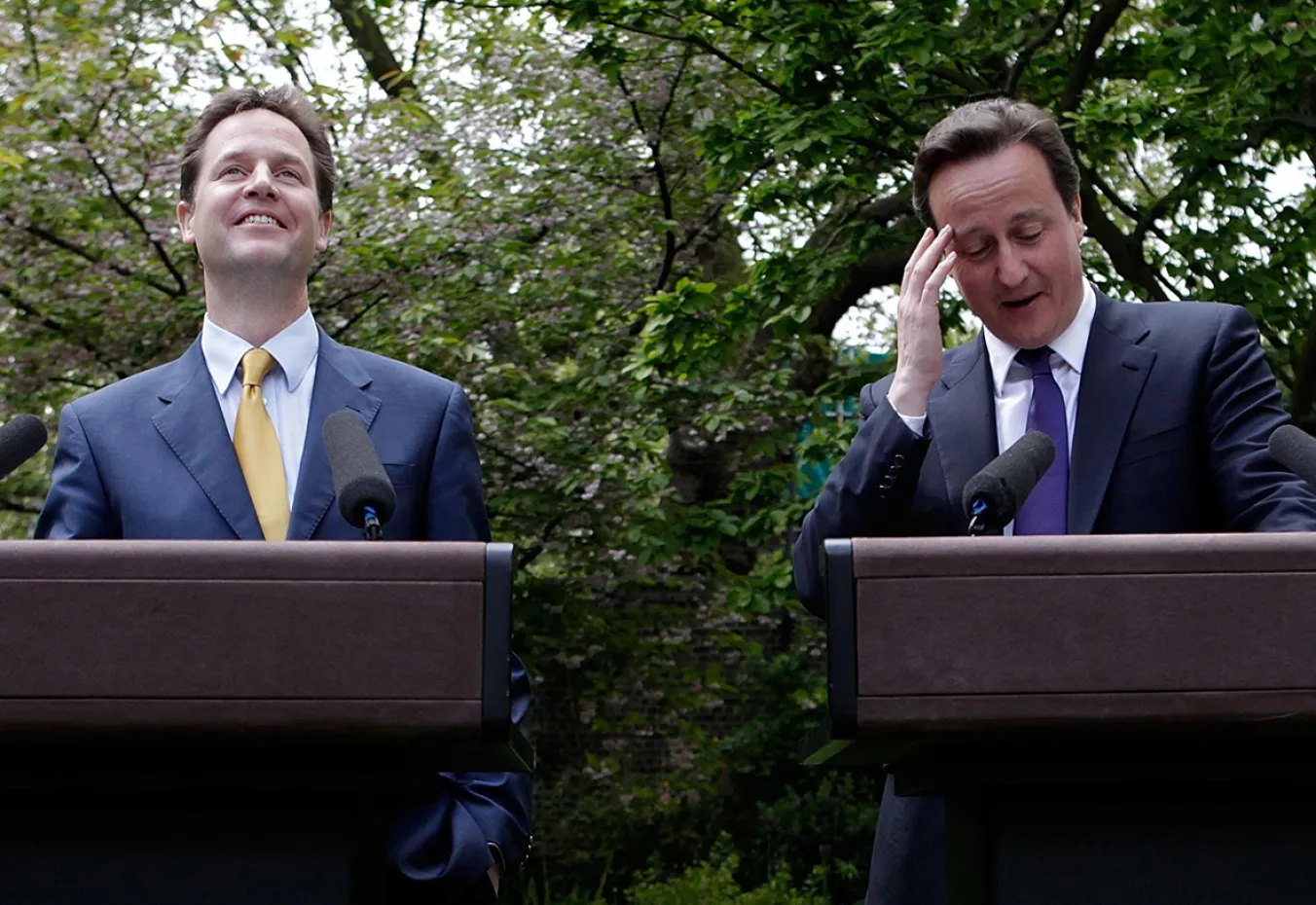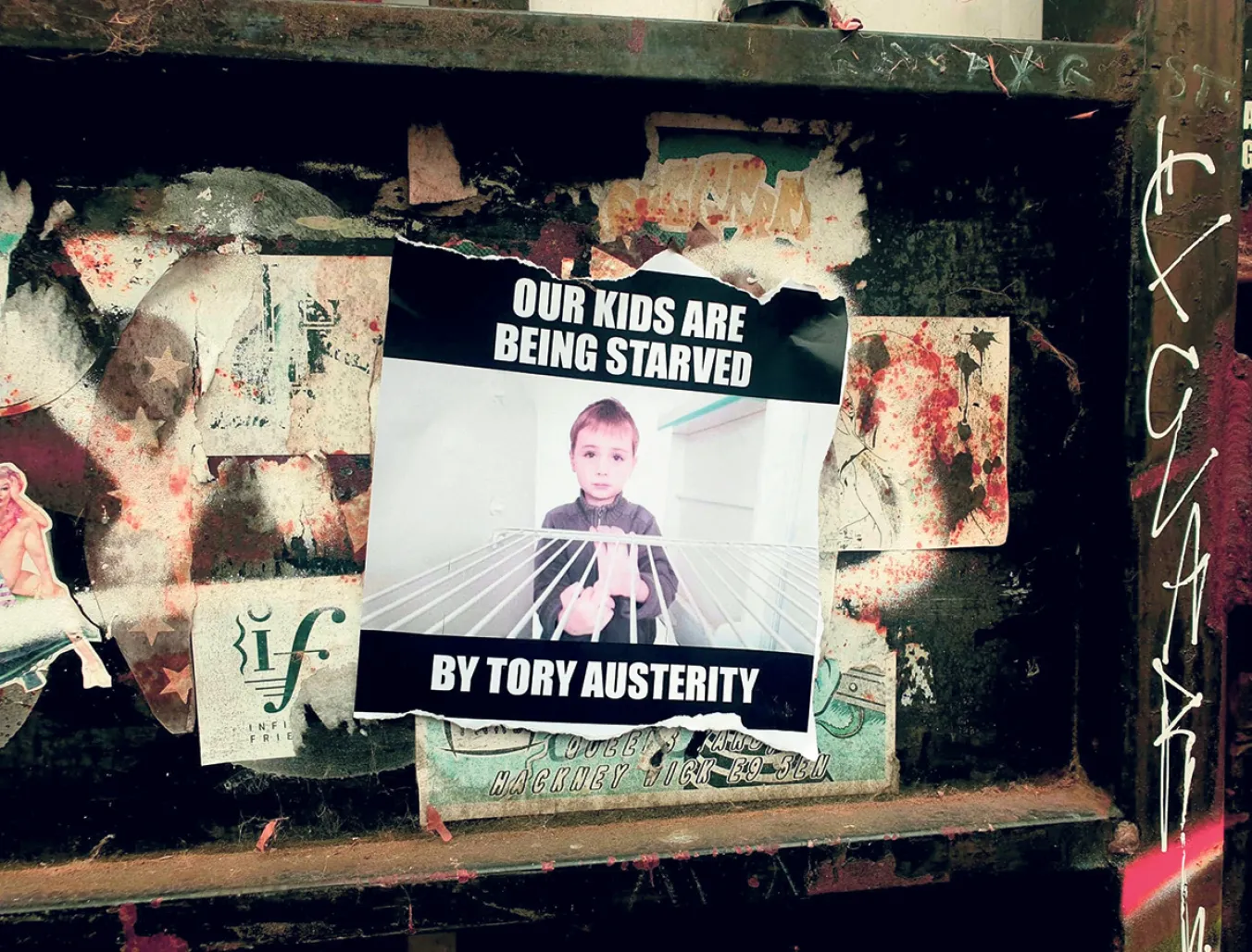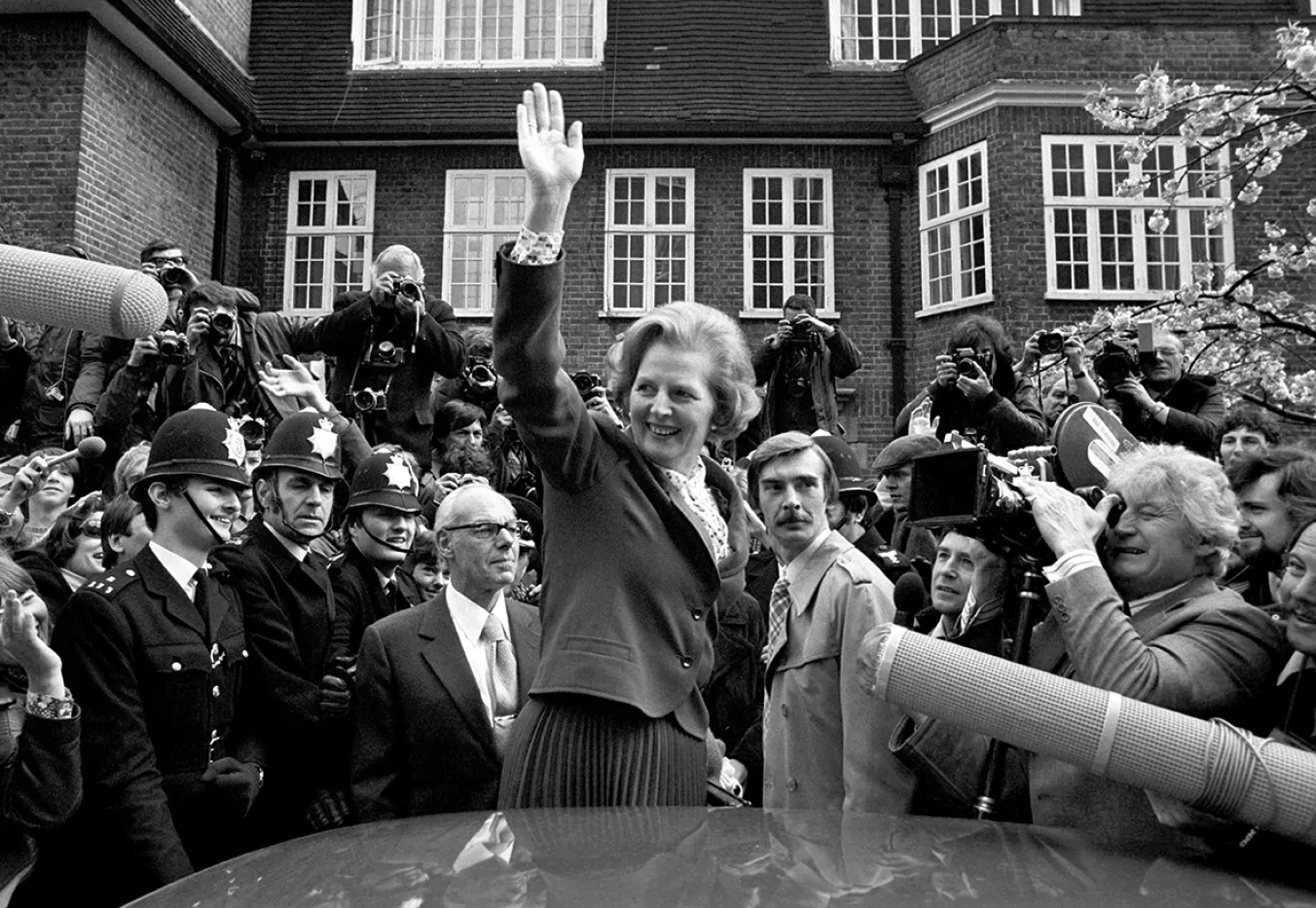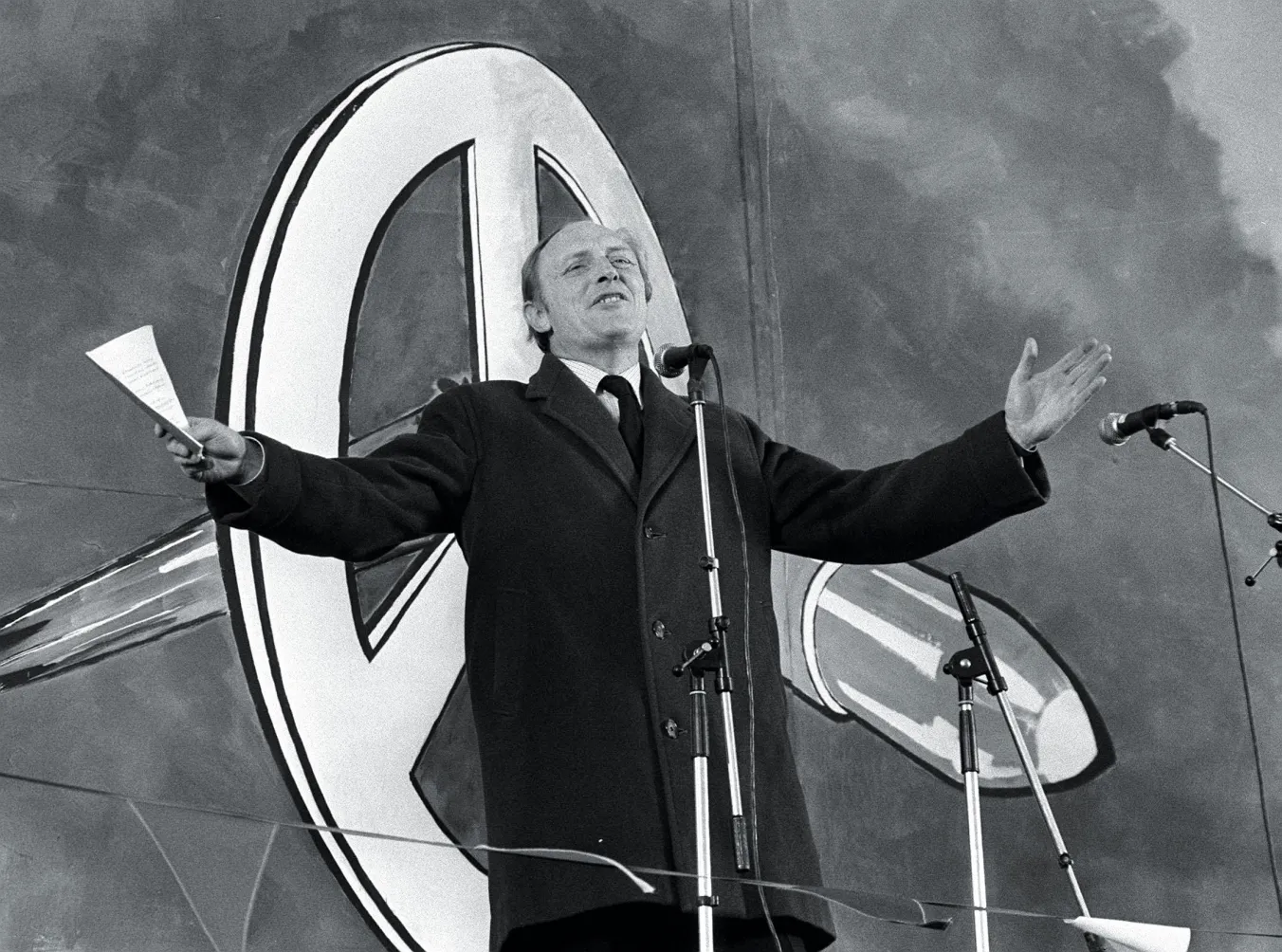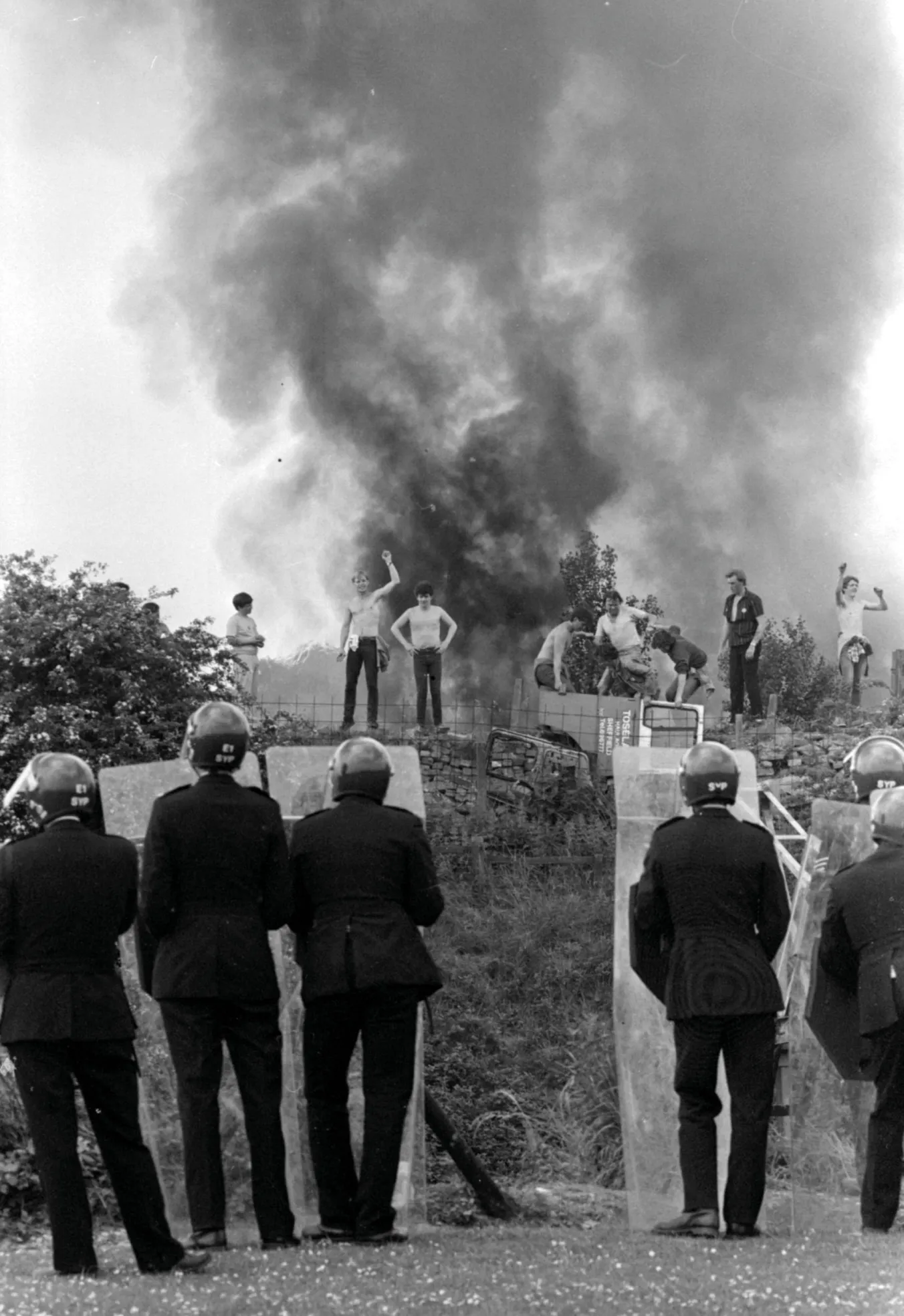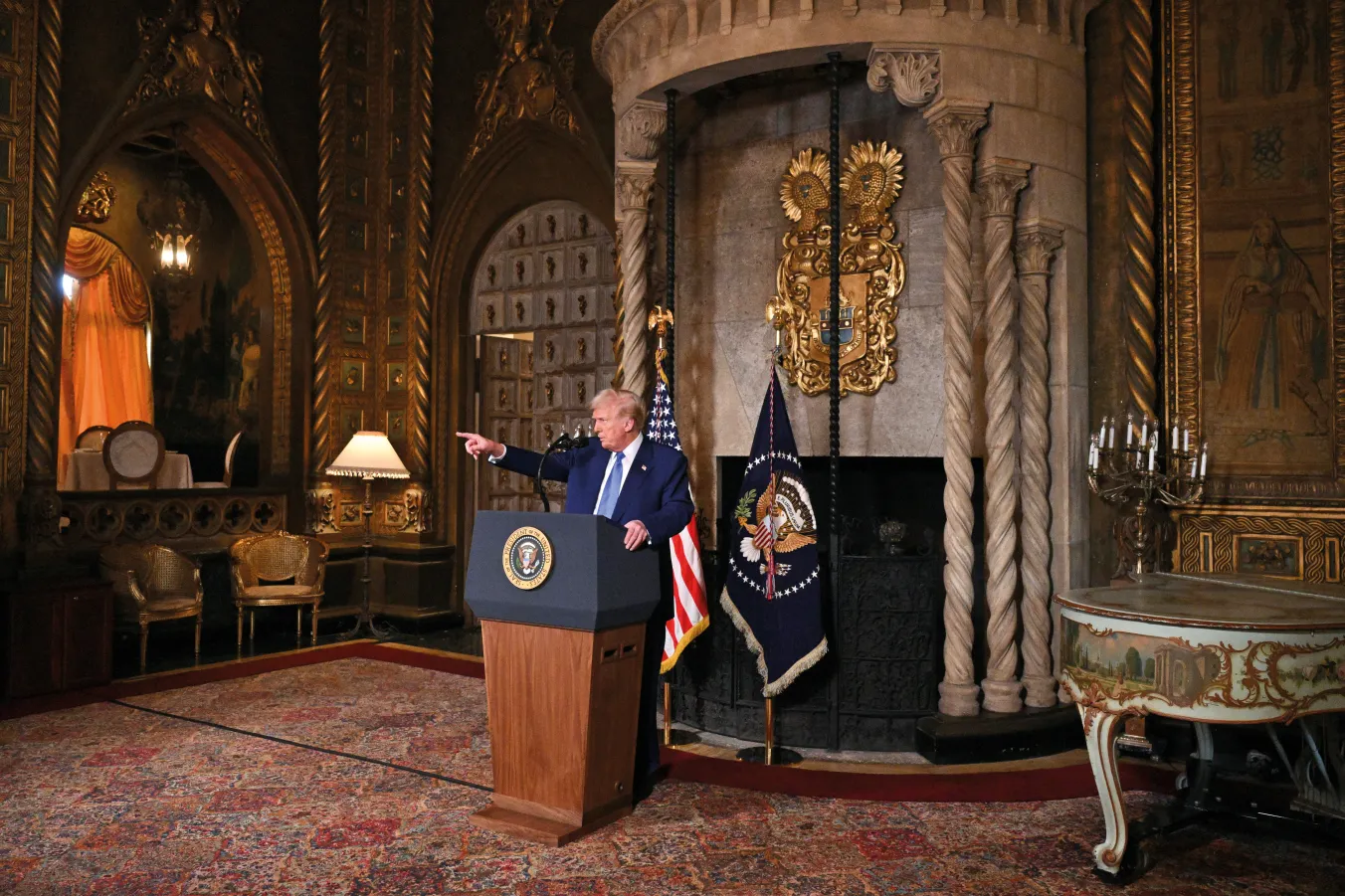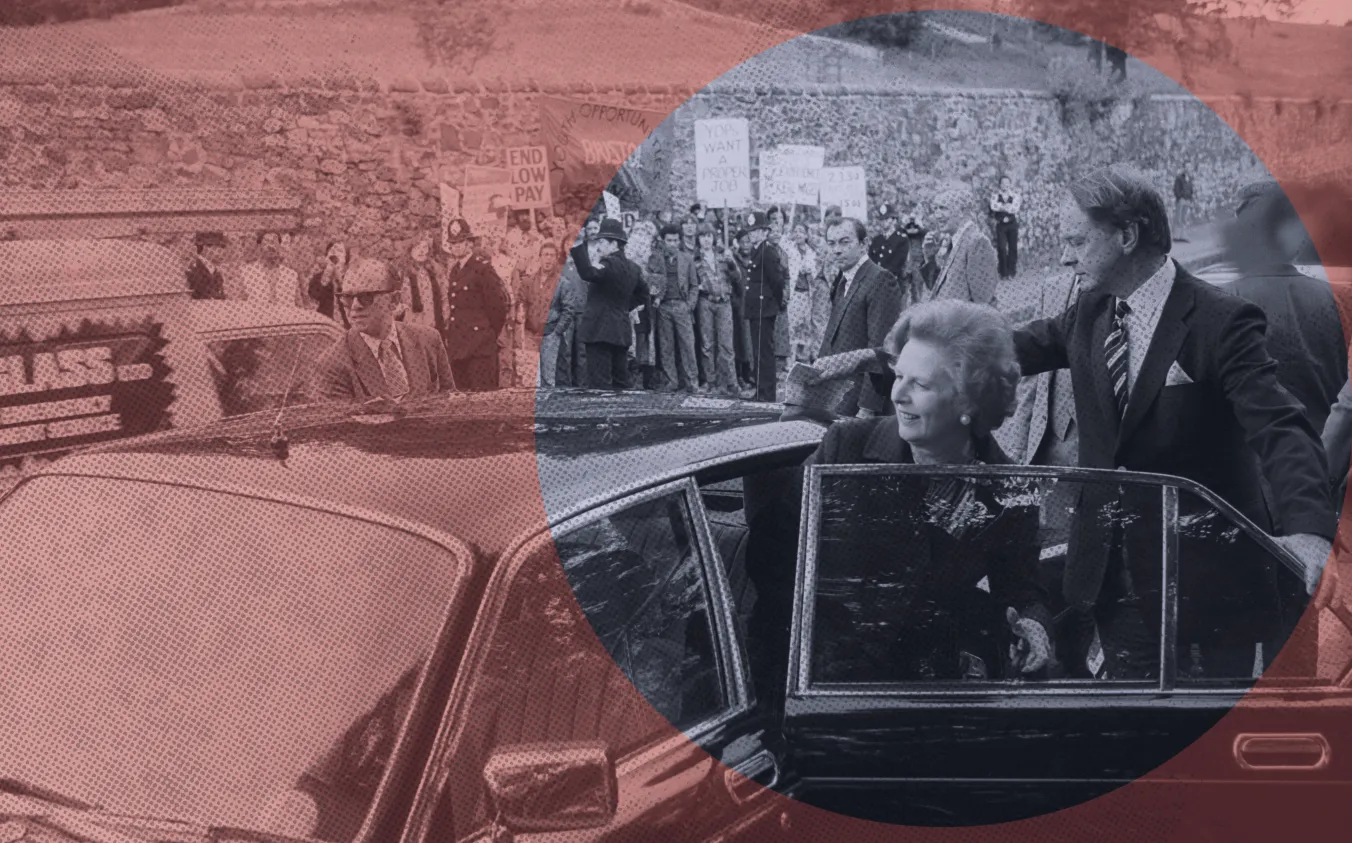
NOW and then, discussions arise about Margaret Thatcher. I am always amused to read the views of people who were not around at the time of her election in 1979. Obviously, it doesn’t stop you from having an opinion about her — but you would have to be at least 62 years old to have been old enough to vote for her in 1979.
I was around at that time on the left of the Labour Party. I was first elected as a councillor at Leeds in the middle of her assault on the mining communities and I was the council leader who was forced to bring in her detested poll tax. I was there when the poll tax was repealed.
At the finish, she couldn’t even win the votes of her own cabinet who removed her in the brutal way in which the Tories excel when they want to put an end to their leaders.

